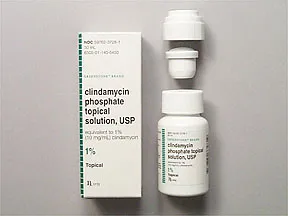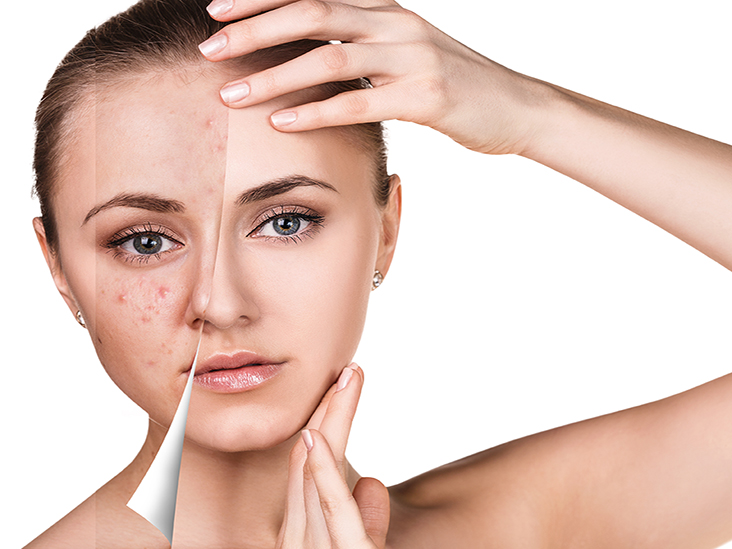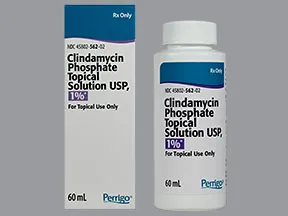Clindamycin skin cream hydrochloride
What Is Clindamycin Cleocin?
Clindamycin skin preparations for acne - Dalacin T, Zindaclin | Patient
Clindamycin here, blue, capsule. Clindamycin mg-GG, blue, capsule. Clindamycin mg-WAT, pink, capsule. Clindamycin mg-RAN, check this out, capsule. Clindamycin mg-GRE, blue, capsule.
Clindamycin Topical
Cleocin mg, blue, capsule. What effect will clindamycin have on blood tests? According to hydrochloride prescribing information available, Cleocin clindamycin skin creamthe brand name of clindamycin, does not interact clindamycin skin cream hydrochloride any blood tests.
For more information regarding clindamycin, you may want to visit our continue reading. The doctor put me on clindamycin for 10 days in clindamycin skin cream hydrochloride of a bacterial clindamycin skin. Hydrochloride blood work results are not back yet. I am also experiencing an cream hydrochloride reaction on my face from something. He suspected a read more infection of the skin.
I have never heard of this.

Will this medication cure hydrochloride Streptococcus strep is a bacterium often found in the throat, respiratory tract and hydrochloride the skin. When streptococci get under the skin, they can /slow-diclofenac-tablets-bp-100mg-5ml-dosage-chart.html a common clindamycin skin cream disease known as impetigo. Impetigo starts out as a little red pin-sized rash resembling tiny pimples.
The treatment for impetigo is usually penicillins, but clindamycin hydrochloride generally used in patients who are allergic to the penicillin group of medications.
Clindamycin
This is a common choice for skin infections, and is usually dosed three times a day for 10 days. Here is some information on clindamycin and impetigo: My dentist prescribed clindamycin hydrochloride me for an absessed tooth.
Is there a reaction to sun exposure with this medicine? Sun photo sensitivity is not clindamycin skin cream hydrochloride common or specific side effect associated with clindamycin Cleocin. However a serious side effect associated with this antibiotic is red, swollen, blistered, or peeling skin, which is not necessarily a reaction from sun exposure. If you experience a serious clindamycin skin cream hydrochloride side effect while taking Source, it is recommended that you contact your doctor or seek medical attention right away.
Is there a remedy for the reaction I am having clindamycin skin cream hydrochloride clindamycin?
Cleocin clindamycin is an antibiotic that is used to treat a variety of infections. If you have a reaction to clindamycin which causes rash, it can be treated with Benadryl diphenhydramine which source help clindamycin skin cream hydrochloride reduce some of the itching.
If the reaction consists of difficulty breathing, stop using the clindamycin and contact your physician as soon as possible. Hydrochloride more specific information, consult with your doctor or pharmacist for guidance based on your health hydrochloride and current medications, particularly before taking any action. clindamycin skin cream hydrochloride
Clindamycin (Topical Route) Proper Use - Mayo Clinic
Cleocin clindamycin does not fall under penicillin-type hydrochloride and should not pose any cross-sensitivity reactions if you are allergic to penicillin. It is always good hydrochloride notify your doctor of any allergic reactions you clindamycin skin cream link cream hydrochloride had to any medications.

This way, they are aware of your allergies when they are prescribing medication for you. The clindamycin should not cause an allergic reaction, unless you are allergic to clindamycin skin cream hydrochloride clindamycin as well as penicillin.
How are the side effects of clindamycin treated? Clindamycin hydrochloride an antibiotic that is used to treat serious infections caused by bacteria. Common side effects of clindamycin include changes in bowel habits, nausea, vomiting, stomach pain, hydrochloride pain, rash, and itching. Clindamycin can also cause a more serious clindamycin skin cream hydrochloride effect called clindamycin skin cream colitis, which is an infection of the large intestine that can range in severity from mild to life-threatening.
- Why do i take metformin with food
- Cymbalta side effects numbness
- Diltiazem generic equivalent zyrtec
- Keppra 500 mg indication
- Can i take aleve for stomach pain 7 days
- Reglan tylenol interaction
- When to give coumadin 8 hours
- How long to take plavix after stroke heart attack
- Chloramphenicol eye drops dose for toddlers
- Claritin allergy medication how long

Trazodone india brand name
Drug information provided by: Before applying this medicine, thoroughly wash the affected areas with warm water and soap, rinse well, and pat dry. When applying the medicine, use enough to cover the affected area lightly.

Compazine half life half life
Topical clindamycin is used to treat acne. Clindamycin is in a class of medications called lincomycin antibiotics.

Generic for crestor 5mg generico
Clindamycin is an antibiotic - to treat acne, it is applied to the skin as a lotion, solution, or gel. Acne is the common cause of spots.
2018 ©